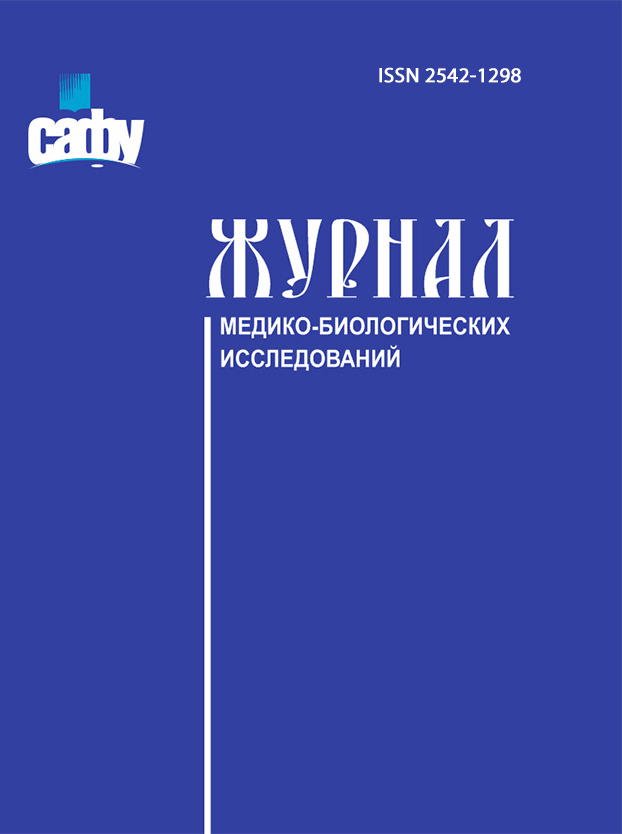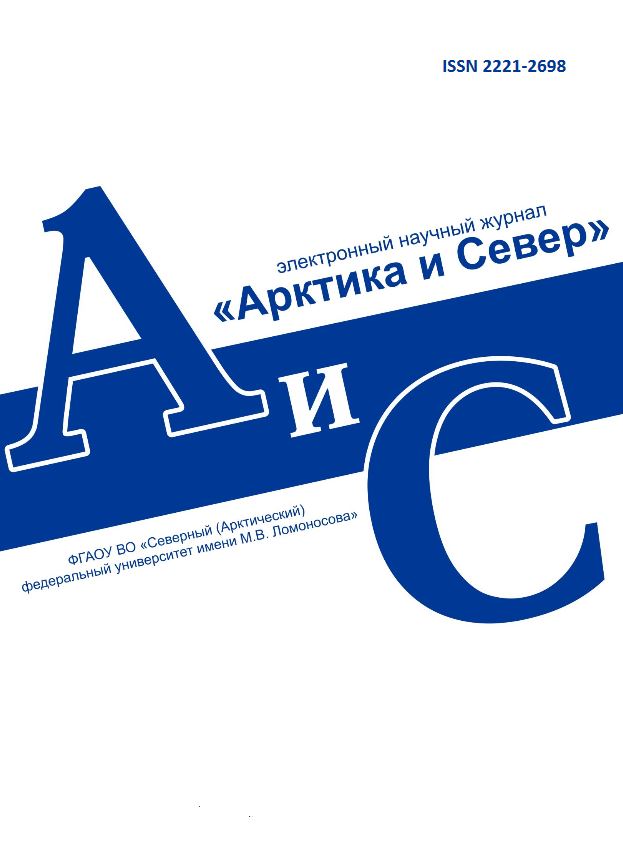
Vestnik of Northern (Arctic) Federal University.
Series "Humanitarian and Social Sciences"
ISSN 2227-6564 e-ISSN 2687-1505 DOI:10.37482/2687-1505
Legal and postal addresses of the founder and publisher: Northern (Arctic) Federal University named after M.V. Lomonosov, Naberezhnaya Severnoy Dviny, 17, Arkhangelsk, 163002, Russian Federation Editorial office address: Vestnik of Northern (Arctic) Federal University. Series "Humanitarian and Social Sciences", 56 ul. Uritskogo, Arkhangelsk
Phone: (8182) 21-61-20, ext. 18-20 ABOUT JOURNAL |
Section: Linguistics Download (pdf, 0.4MB )UDC811.512.111-115:[811.161.1+811.112.2]’25DOI10.37482/2687-1505-V319AuthorsTat’yana N. KuznetsovaCand. Sci. (Philol.), Assoc. Prof. at Foreign Languages Department No. 1, I.N. Ulianov Chuvash State University (address: Moskovskiy prosp. 15, Cheboksary, 428015, Russian Federation). e-mail: elre2007@mail.ru, ORCID: https://orcid.org/0000-0002-8256-076X AbstractTranslation is aimed at overcoming language barriers and plays an important role in the development of world culture, science, literature, and relations between different nations. This article dwells on the translation of Chuvash comparative constructions in the poem “Narspi” by K.V. Ivanov. For the comparative analysis, translations into German (by V.A. Ivanov) and Russian (by P.P. Khuzangai) were used. Comparative, linguistic, and descriptive methods were applied as the key research methods to perform a comprehensive analysis of the translation of comparative phrases in the poem. The paper is relevant due to the necessity to study the linguistic and stylistic peculiarities of translating comparisons from Chuvash into other languages. The article considers several groups of comparisons: with animals (animal metaphor), birds, flowers and plants, and natural phenomena; special attention is given to comparisons related to the inhabitants and daily life of Silbi village. Along with comparative constructions, the original text is studied and compared with its translations. The analysis showed that in Russian and German translations of Chuvash comparative constructions, in some cases, comparative words and constructions are omitted, generic words are used and certain parts of speech are replaced. These translation techniques are utilized in order to preserve the poetic form and do not distort the linguistic and cultural distinctness of the original text.Keywordssimile, comparative word, comparative construction, literary translation, comparative method, Chuvash language, Russian language, German languageReferences
|
Make a Submission
INDEXED IN:
|
Продолжая просмотр сайта, я соглашаюсь с использованием файлов cookie владельцем сайта в соответствии с Политикой в отношении файлов cookie, в том числе на передачу данных, указанных в Политике, третьим лицам (статистическим службам сети Интернет).






